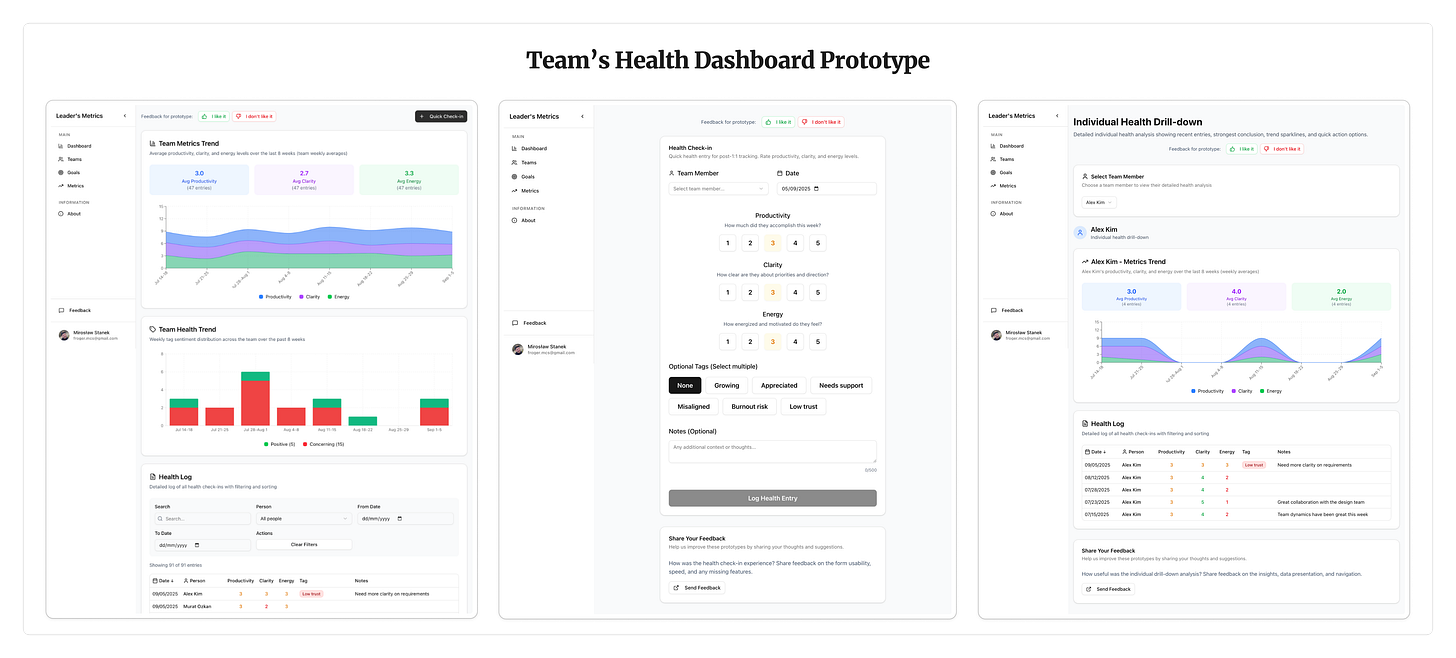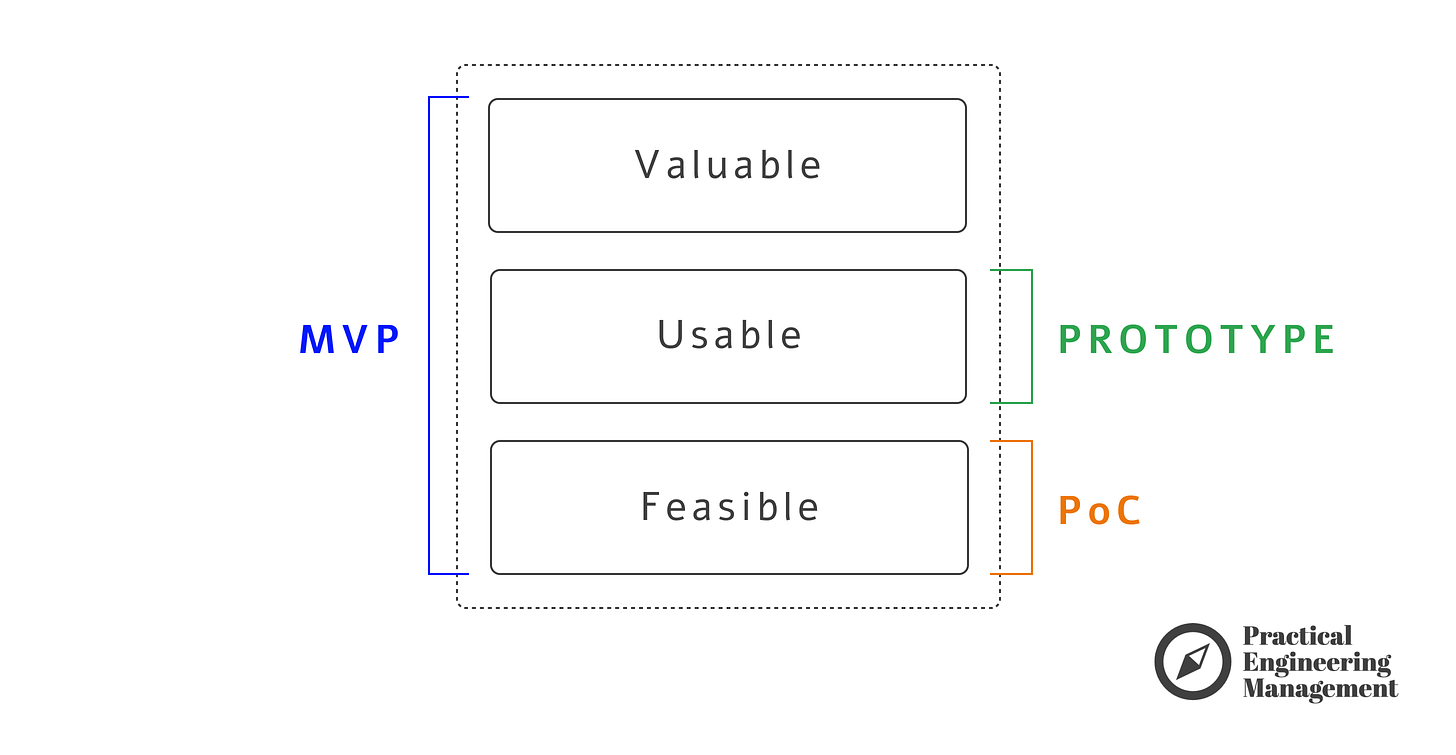Prototyping with AI Agents (pt.2)
From Prototype to Production Without Losing Speed
From Prototype to Production Without Losing Speed
The real problem with vibe-coding platforms isn’t getting a prototype.
It’s getting stuck with it.
One day you have a scrappy demo that clicks with users.
The next, you’re staring at messy agent-generated code you can’t trust in prod.
This is where most teams fall into the gap.
This is the second part of the series about Prototyping with AI Agents. Read part 1 here.
The Bridge: From Discovery to Delivery
In Discovery mode, speed is everything. You hack in a sandbox, embrace hallucinations, and chase feedback.
Marty Cagan, known for supporting the most successful companies in product management, suggests that “iteration in discovery should be at least an order of magnitude less time and effort than an iteration in delivery.” You need to build something quickly to validate usability and feasibility (read more: MVP, PoC or Prototype).
In Delivery mode, trust and quality are everything. You need tests, schemas, observability, and clean contracts. You build for longevity, not just speed.
The trick isn’t choosing between Discovery and Delivery.
It’s building a bridge that lets prototypes cross safely intoa working product.
How to Move Prototypes into Deliverables
The handoff from prototype to production is where most teams stumble. It’s tempting to polish the prototype until it “looks good enough.” But that creates a dangerous trap: production code full of shortcuts, hallucinations, and hidden debt.
With AI agents, there’s now a middle path. You don’t have to throw prototypes away, and you don’t have to ship them raw. Instead, you can use them as scaffolding — context that AI agents reuse when producing clean, delivery-ready code.
Here are the patterns that work in practice:
Reuse, Don’t Rewrite
In the past there were only two paths:
Ship the prototype as-is — fast but hated by engineers. Once executives saw a pretty UI, they pushed to go live. The shortcuts never got cleaned, and technical debt ballooned.
Throw it away and rewrite from scratch — safe but painfully slow. All the discovery work was redone, resulting in a delay of weeks in delivery.
Agentic development gives us a third way. Keep prototypes in a dedicated directory (e.g. /prototypes/login) and instruct your AI agents to treat them as reference context.
Example prompt I use:
“Act as a software engineer and execute task
001-Login-Flow.mdfollowing the standards inARCHITECTURE.mdandTESTING_PRINCIPLES.md. For the UI, reuse the login components prototype under/prototypes/login.”
The agent learns from the scrappy code but outputs a clean implementation. It’s reuse without the rot.

Mix and Match
Sometimes the best deliverable isn’t born from one prototype, but many.
The entire article with the full flow: Idea → Prototype → Production is available only for paid subscribers.
You can use the training budget (here’s a slide for your HR).
Thanks for supporting Practical Engineering Management!



